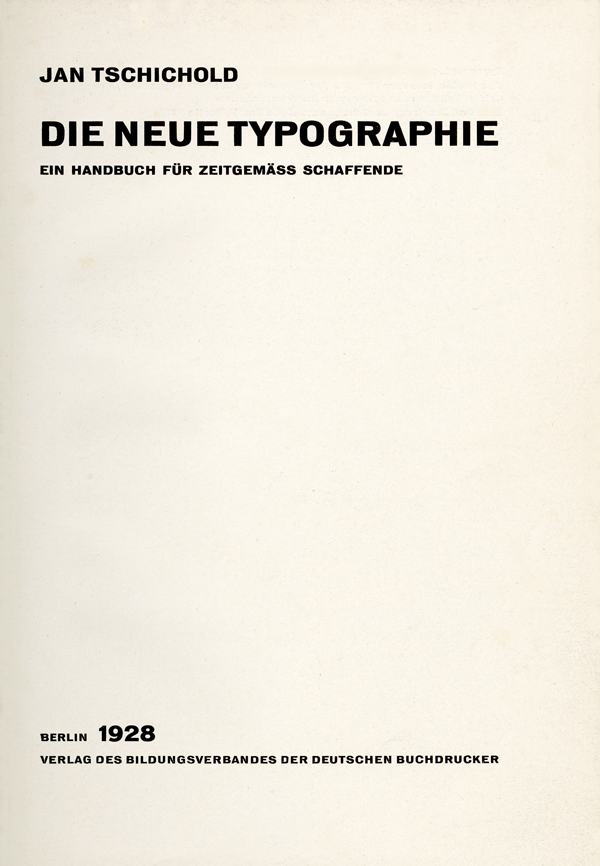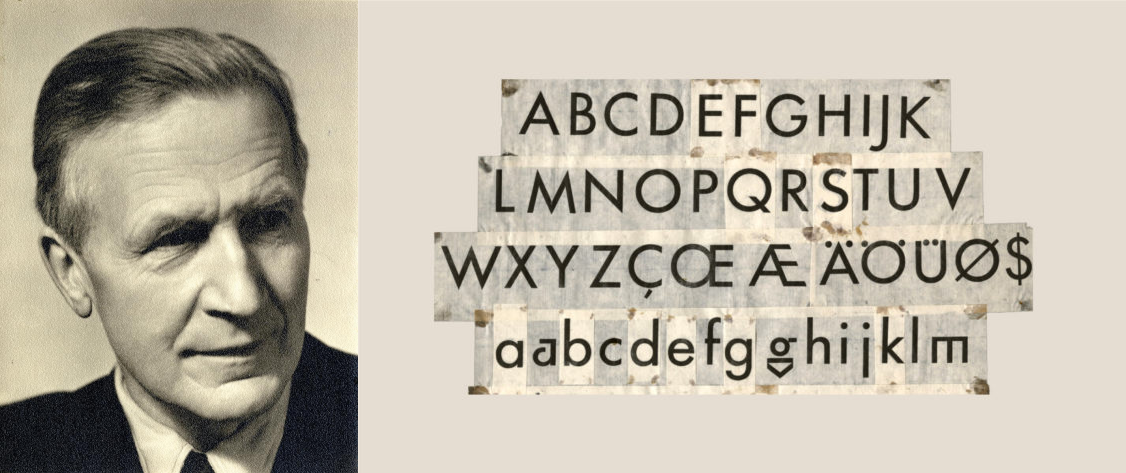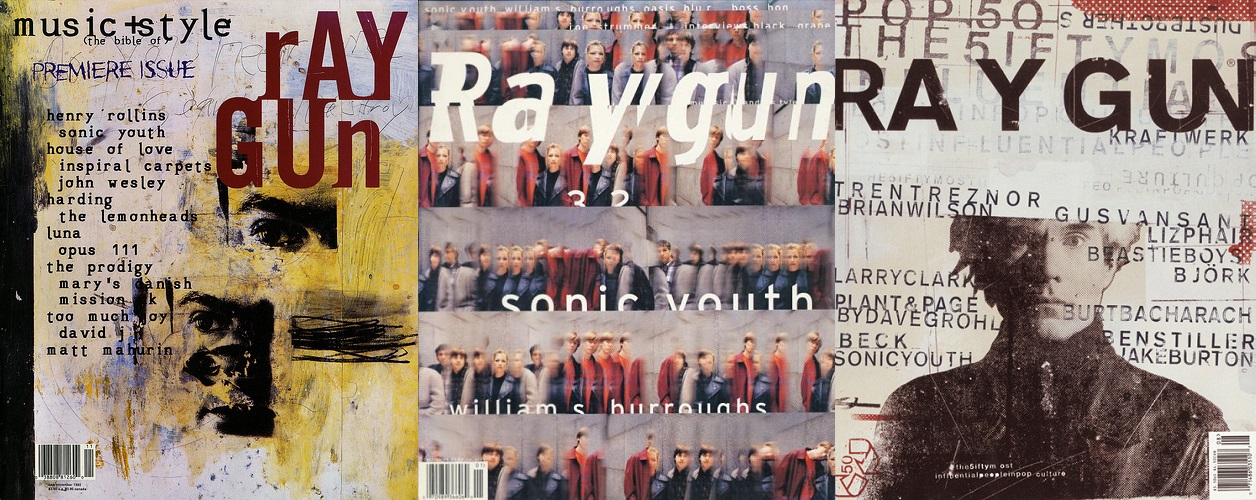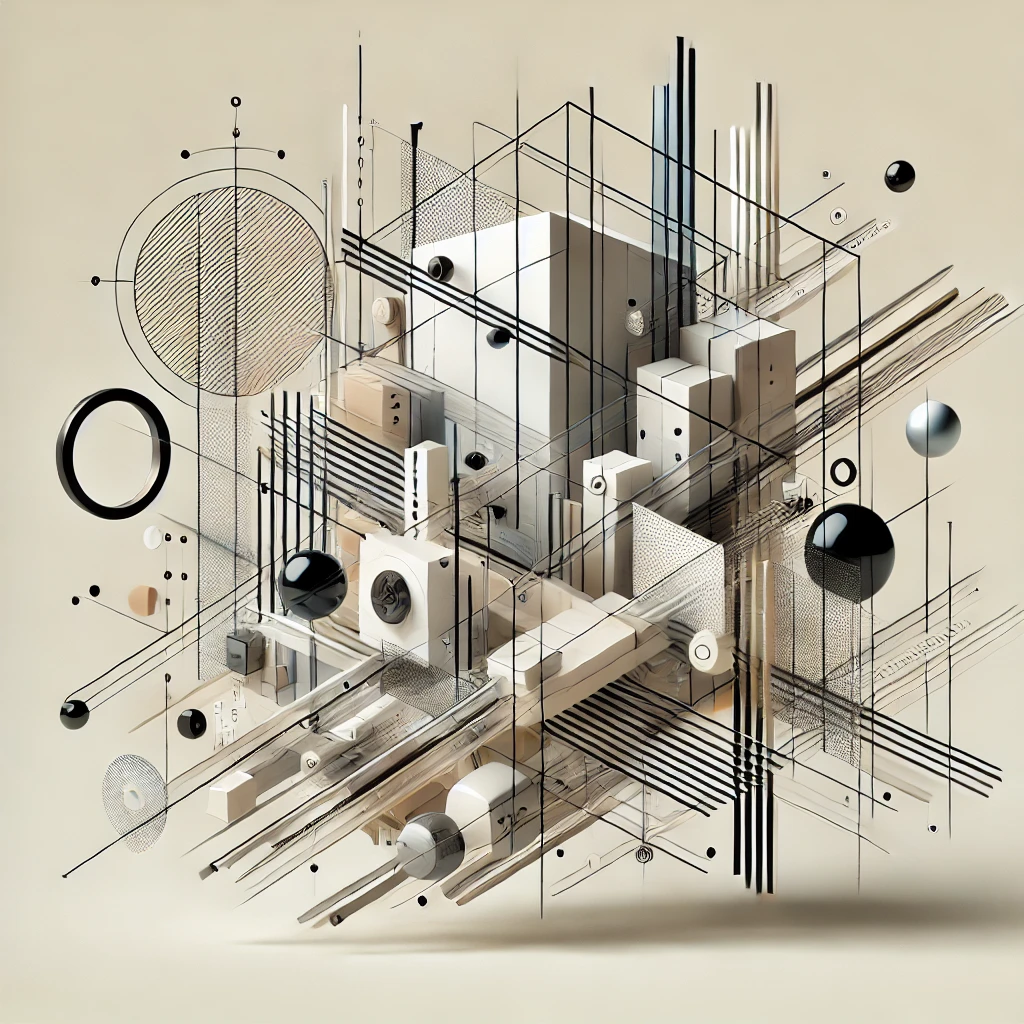Typography is one of those design disciplines that appears simple but hides a profound complexity beneath its surface. After all, it’s just letters on a page—or so some might think. In truth, the artistry and science of type have been shaped and reshaped by a handful of extraordinary visionaries, whose work has permanently altered how we communicate. Our journey will soon take a brief look into the contributions of three such luminaries: Jan Tschichold, Paul Renner, and David Carson. From Tschichold’s rigid yet liberating grid systems to Renner’s iconic Futura and Carson’s rule-breaking chaos, we’ll explore how these designers didn’t just change typography—they redefined visual culture itself.
Let’s start with Jan Tschichold. A name synonymous with order and precision, Tschichold was a key figure in the development of modern typography. His book, *Die neue Typographie* (The New Typography), published in 1928, laid out principles that embraced clarity, functionality, and a strong sense of structure. He believed in stripping away the unnecessary—no more ornate flourishes or decorative elements. Instead, he championed sans-serif typefaces and the use of asymmetrical layouts organized by invisible grid systems. His philosophy was not just about aesthetics but about making design serve its ultimate purpose: communication. As Tschichold famously said, “Perfect typography is certainly the most elusive of all arts. Sculpture in stone alone comes near it in obstinacy.”
Perfect typography is certainly the most elusive of all arts.”
Jan Tschichold

Jan Tschichold. Title page of Die neue Typographie (The New Typography), 1928. Published by Bildungsverband der deutschen Buchdrucker, Berlin.
Perfect typography is certainly the most elusive of all arts.”
Jan Tschichold

Portrait of the typographer Paul Renner by Eduard Wasow circa 1927
Don’t mistake legibility for communication.”
David Carson


0 Comments